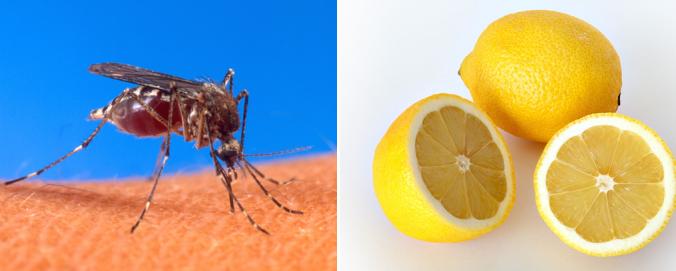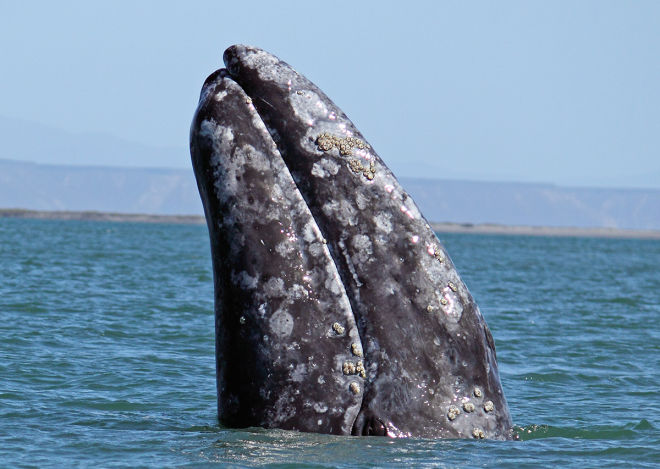Today, Phenomena gains a phenomenal new member: Maryn McKenna. If you’ve read her books such as Superbug or kept up with her blog of the same name, you know that nobody does a better job of analyzing the threats we face from infectious diseases. To celebrate the launch of “Germination,” her blog here at Phenomena, I asked Maryn some questions about how she got here, and where she’s headed.
Continue reading “Please Welcome Maryn McKenna to Phenomena!”


